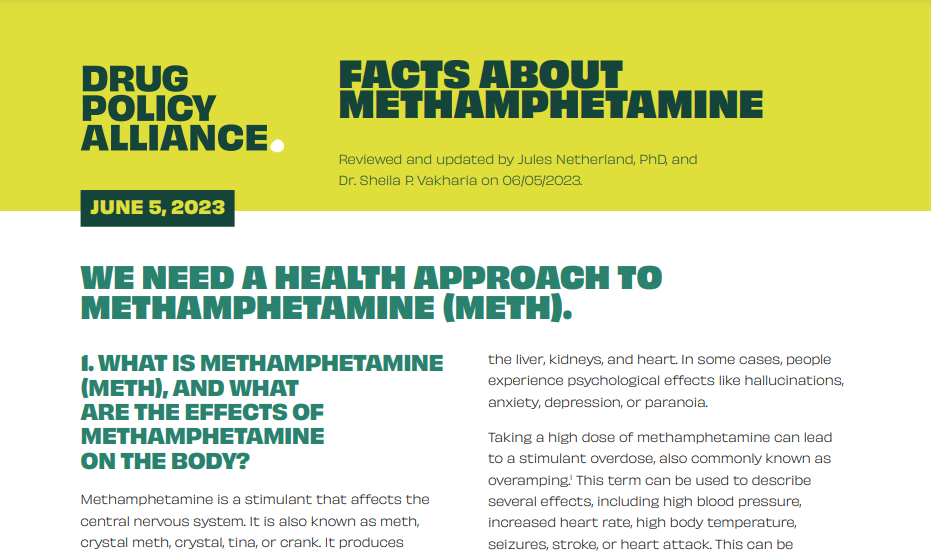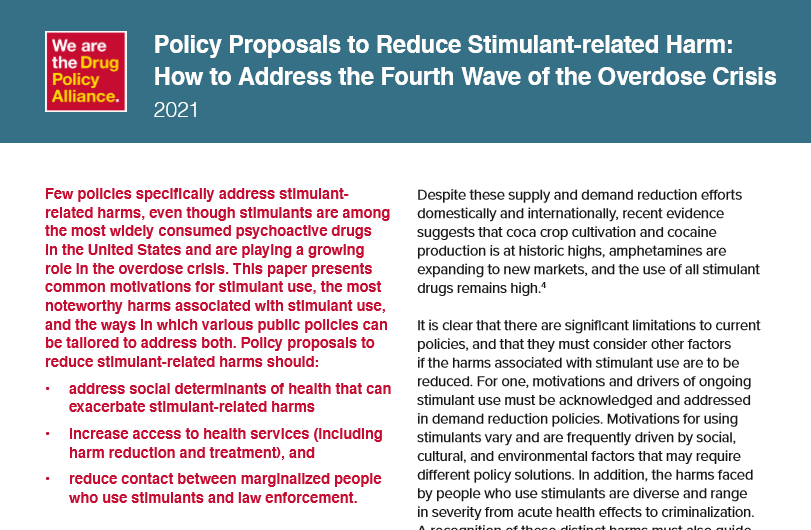
The State Opioid Response and Stimulant Use Disorder
The second round of Missouri State Opioid Response project’s scope of coverage expanded as of October 2020 to include Stimulant Use Disorder (StimUD). The Addiction Science Team at UMSL-MIMH have put together trainings and infographics to help inform treatment and social service staff, individuals in active use, and others about the basics of stimulant use and StimUD. Additionally, this page highlights supportive resources to find treatment options for StimUD as well as links for further information on this important topic as stimulant-related deaths are becoming a growing concern in Missouri.
Contingency Management Interventions

The SOR grant utilizes Contingency Management in selected Substance Use Disorder treatment facilities across the state of Missouri. Contingency Management is as an evidence-based intervention for increasing engagement and retention with people in treatment for StimUD. Contingency Management involves giving patients tangible rewards (e.g., gift cards, prizes) to reinforce positive behaviors such as attending appointments or engaging in healthy outside activities.
Targeted StimUD Trainings

The SOR 2.0 grant includes efforts to educate, de-stigmatize, and prevent overdose and overamping-related deaths across the state of Missouri. Working with a diverse team of consultants, SOR grant staff can connect you to a consultant who can lead trainings on a wide variety of topics including but not limited to: the state of stimulant use in Missouri, overamping and community health strategies, information regarding stimulants among targeted populations, as well as more directed, programmatic trainings for staff. To get connected to a consultant, email: nomodeaths@mimh.edu
American Society of Addiction Medicine Clinical Practice Gudielines

Developed by ASAM and AAAP, this guideline focuses on the identification, diagnosis, treatment, and promotion of recovery for patients with stimulant use disorder, stimulant intoxication, and stimulant withdrawal.
This Guideline aims to assist clinicians in treating individuals with StUD (including adolescents and individuals who are pregnant), as well as individuals experiencing stimulant intoxication or withdrawal, and individuals who are at high risk of developing StUD. This Guideline draws on existing empirical evidence and clinical judgment with the goal of improving the quality of care for people with StUD.
Treatment Resources
Pharmacotherapeutic strategies for treating cocaine use disorder–what do we have to offer?
Bupropion and Naltrexone in Methamphetamine Use Disorder
The treatment of cocaine use disorder
Medication Options for Treatment of Stimulant Use Disorder: Optimistic Update and New Research



